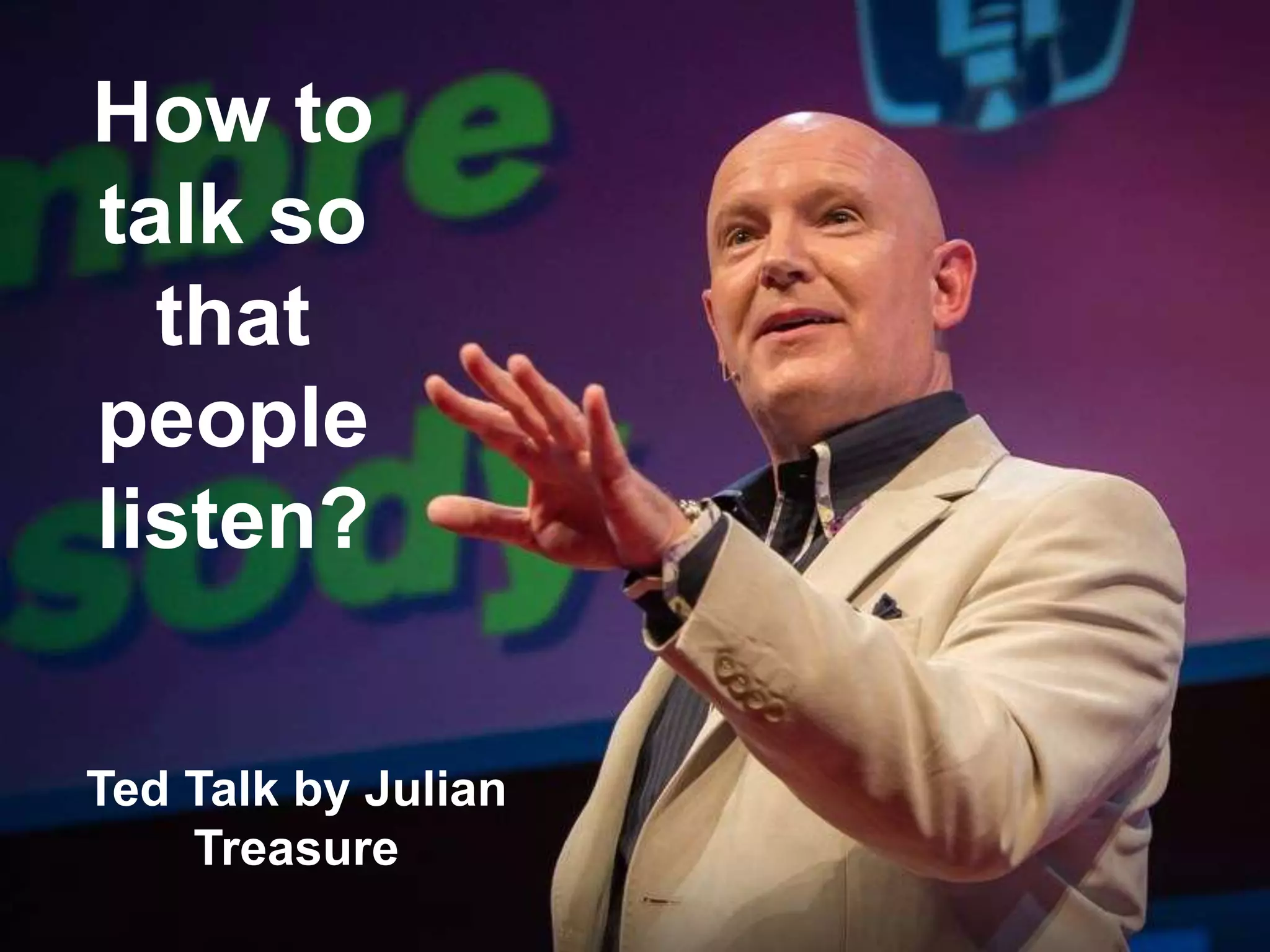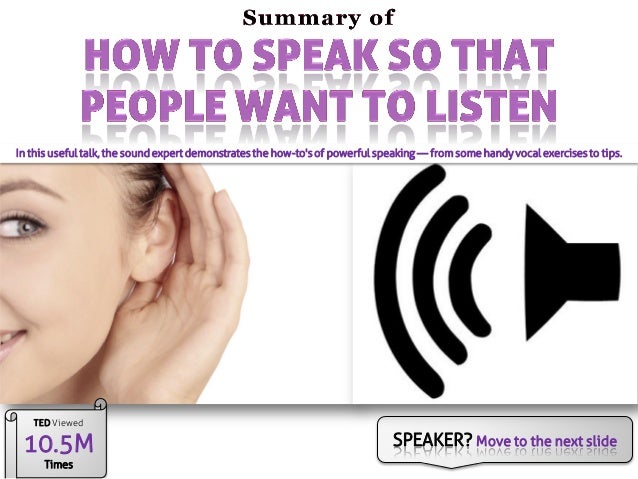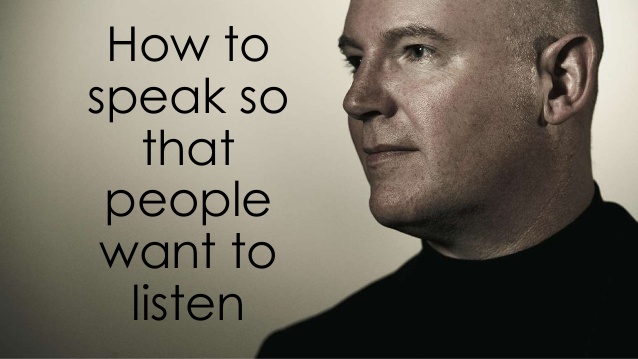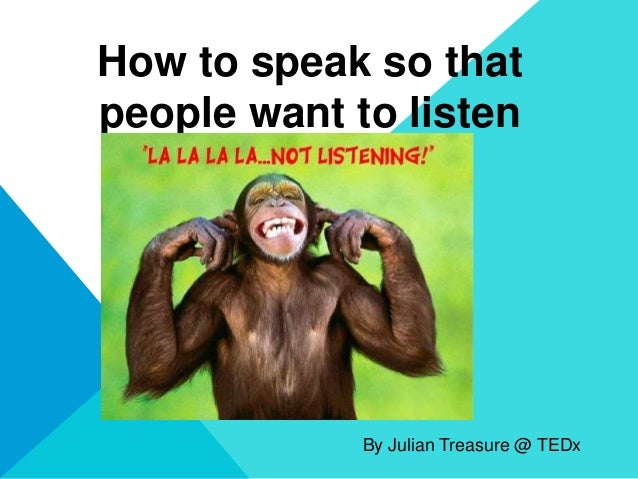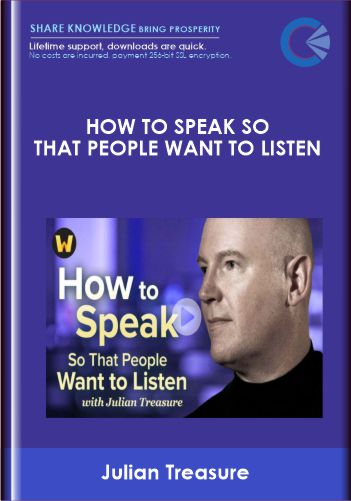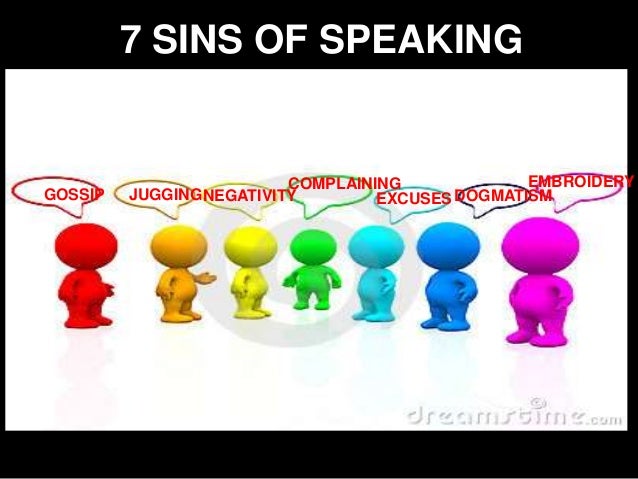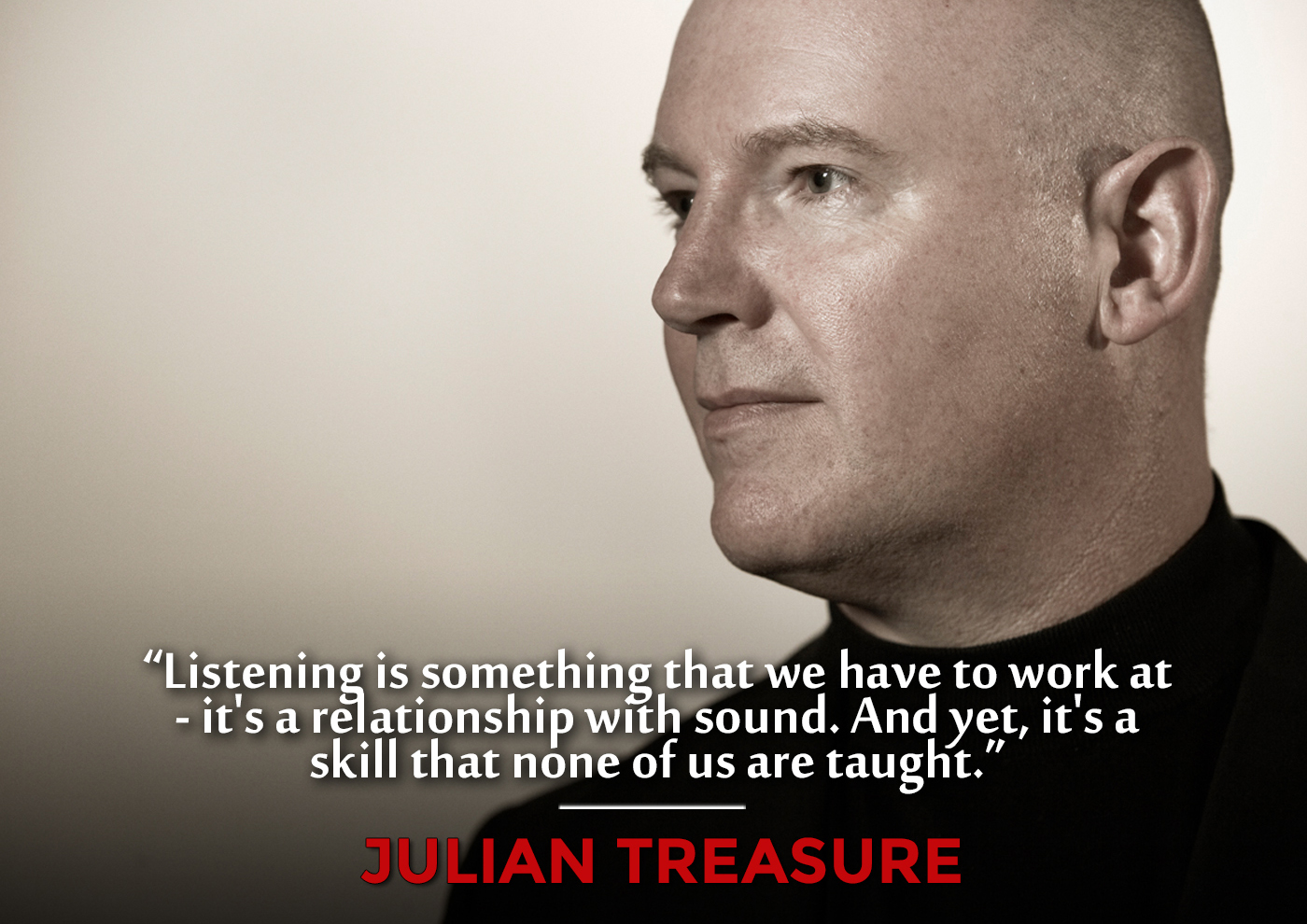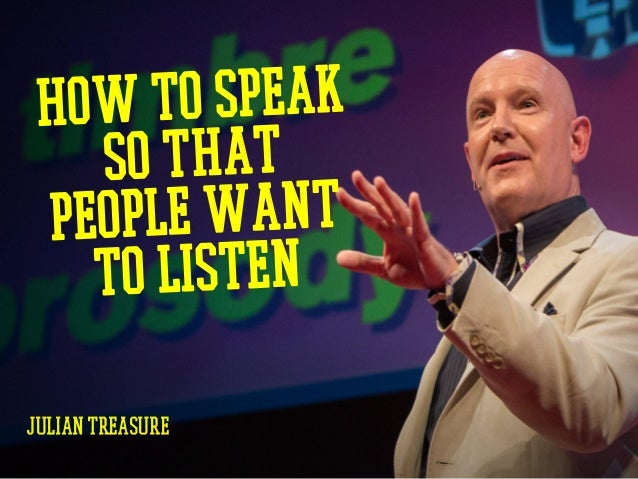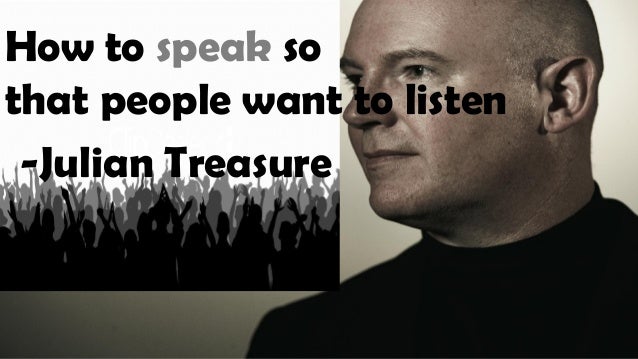How To Speak So That People Want To Listen

In a world saturated with information, the ability to command attention and resonate with an audience is more crucial than ever. Whether in a boardroom, a classroom, or a casual conversation, the power to speak so that people genuinely want to listen is a skill that can unlock countless opportunities. But in an era defined by shrinking attention spans and an incessant barrage of distractions, how can individuals cut through the noise and truly connect with their listeners?
This article delves into the art and science of effective communication, exploring proven strategies and techniques for captivating audiences and leaving a lasting impact. We will examine the core elements of persuasive speaking, from crafting compelling narratives to mastering non-verbal cues, drawing on insights from communication experts, psychologists, and successful communicators.
The Foundation: Clarity, Confidence, and Connection
At the heart of effective communication lies clarity. Speakers must articulate their ideas concisely and avoid jargon or overly complex language that could alienate their audience. According to a study by the National Communication Association, listeners are more likely to retain information when it is presented in a clear and straightforward manner.
Confidence plays an equally vital role. Projecting self-assurance in one's voice and body language instantly commands respect and credibility. However, confidence should never be mistaken for arrogance. A genuine connection with the audience is essential for building trust and fostering engagement.
Storytelling: The Ancient Art of Persuasion
Humans are wired for stories. Narratives have been the cornerstone of communication for centuries, and they remain a powerful tool for captivating audiences. A well-crafted story can evoke emotions, create vivid mental images, and make complex ideas more relatable.
As Professor Melanie Green, a leading researcher in narrative persuasion at the University of Buffalo, states, "Stories transport us. They allow us to temporarily escape our own realities and immerse ourselves in the experiences of others." This immersion makes us more receptive to the message being conveyed.
Mastering Non-Verbal Communication
Words are only part of the equation. Non-verbal cues, such as eye contact, posture, and gestures, can significantly impact how a message is received. Maintaining eye contact demonstrates sincerity and attentiveness, while open body language conveys confidence and approachability.
Studies have shown that non-verbal communication accounts for a significant portion of our overall understanding of a message. According to research by Albert Mehrabian, as much as 55% of communication is non-verbal, 38% is vocal (tone of voice), and only 7% is the actual words spoken.
The Power of Active Listening
Effective communication is a two-way street. Being a good listener is just as important as being a good speaker. Active listening involves paying close attention to the speaker, asking clarifying questions, and providing thoughtful feedback.
By actively listening, speakers can demonstrate respect for their audience and gain valuable insights into their perspectives. This, in turn, allows them to tailor their message more effectively and create a stronger connection.
Adaptability and Authenticity
There is no one-size-fits-all approach to effective communication. The best speakers are those who can adapt their style and message to suit the specific audience and context. This requires a keen understanding of audience demographics, cultural nuances, and the overall communication environment.
Most importantly, authenticity is paramount. Trying to be someone you're not will inevitably come across as insincere and undermine your credibility. Embracing your unique personality and speaking from the heart is the key to building genuine connections with your audience.
The Future of Communication
In an increasingly digital world, the ability to communicate effectively online is becoming ever more critical. Mastering the art of online communication requires a different set of skills, including the ability to write clearly and concisely, create engaging visual content, and navigate the complexities of social media.
As technology continues to evolve, so too will the ways in which we communicate. However, the core principles of clarity, confidence, connection, and authenticity will remain timeless. By mastering these principles, anyone can learn to speak so that people want to listen, and unlock their full potential as communicators.
Ultimately, the ability to communicate effectively is a lifelong journey. By continually honing our skills and seeking feedback, we can all become more persuasive, engaging, and impactful speakers.

